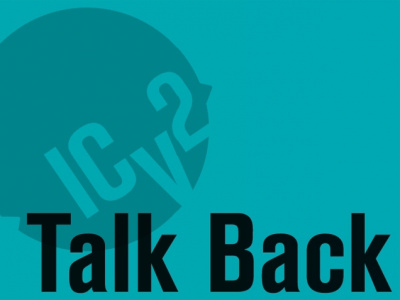Since 1990, newsstand sales of the hundred top selling magazines in the U.S. have declined by 40%. Certainly the proliferation of new titles is partially responsible for the decline in the sales of individual magazines, but doesn't completely explain the fact that the average sell-through for all magazines (the percentage sold of copies distributed via returnable channel) has plummeted to just 36%. The US consumer is also making his/her choices among the increasing number of titles in unpredictable ways, making the task of getting the right quantities in the right places more and more difficult.
A declining market always provides opportunity for some, as evidenced in this case by the consolidation in newsstand distribution where a system of numerous regional wholesalers has been reduced to the point that today the top five distributors control 70-75% of the nationwide market. A similar consolidation has hit the retail sector where giant grocery chains like Krogers (supermarkets are a very important venue for magazine sales) have expanded out from regional bases and captured significant market share. The king of mass market retailers, Walmart controls an estimated 7% of the entire newsstand market, and wields its buying power very effectively on both the wholesale and publisher level.
For comic publishers the current situation is fraught with difficulties. Some of the key newsstand distributors are calling for a minimum sell-through percentage of at least 30%--a figure that many comic titles have trouble maintaining. All signs point to a further decline in the number of comic titles receiving newsstand distribution. Even Archie, the one comic publisher that is getting decent numbers out of its newsstand channel, has cut the number of its standard format comic titles, though not the number of digests. Archie Digests, which are typically racked in the check-out stand at the grocery store right next to TV Guide and Prevention, are arguably the most successful comic publications on the newsstands with an annual sell-through rate of 43.8%. Most other comic publications are rumored to have sell-through percentages in the teens and twenties.
How dependent is Archie on newsstand sales? According to Fred Mausser, who masterminds Archie's distribution, only about 7% of Archie Comics sales come from the direct market. Why are Archies able to compete with TV Guide and the National Enquirer, but not with Batman, Spawn, and Spider-Man? The answer is that Archie readers tend to be younger and more female than the traditional comic shop clientele. It's also probable that moms make many of the purchases of Archies in the supermarket for their children--purchase that parents probably feel less comfortable making when the child is a teenager than they do for the more juvenile consumers of Archie titles.







